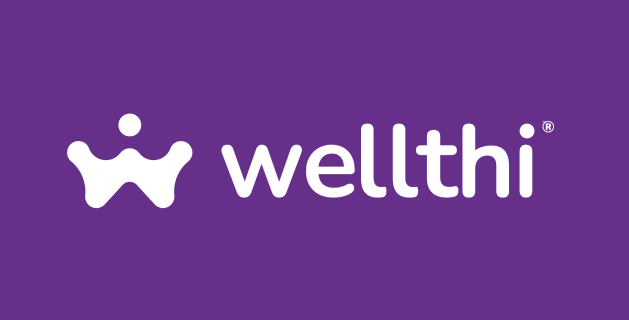Hey, Money Maven! Have you ever paused while sipping your Starbucks latte, pondering what happens to your money once it snuggles into your bank account? Let’s get our inner Carrie Bradshaw on, swapping Manolos for money matters: where does your cash go after it hits the bank?
In the tumultuous wake of Silicon Valley Bank’s demise in March 2023, it’s essential to know how your hard-earned money is managed. Just like picking the perfect pair of Jordans, you need to know what’s going on inside the box—or, in this case, the bank vault.
When you make a deposit, your bank operates like a fashion-forward thrift shop. Picture this: You’ve just donated your gently used items. These items are then sold to shoppers, generating revenue for the store. That’s pretty much what your bank does, but in a more complex and sophisticated way, and with loads of federal oversight.
Did you know? By creating goals and sharing them in public with your friends and family, you’ll increase your chances of success! You can download the Wellthi app here, and act by July 3, you could win $10,000 for just posting your financial goal in the app!
Your deposited money doesn’t simply lay around like an unloved sweater at the back of your closet. Banks use your deposits to make loans and investments—this is their runway, their spotlight moment. They’re attempting to strut back more profits than what they pay you in interest.
Let’s demystify the banking world’s equivalent of the Devil Wears Prada: bank reserves. In simpler times, reserves were tangible cash stored in bank vaults, just like a hidden treasure of Jimmy Choos. Today, most reserves are digital and kept safe in accounts with the U.S. Federal Reserve Bank—less visually exciting, perhaps, but safer and more practical.
So, how does your bank get its Miranda Priestly on and make money? Your deposited funds could be loaned out to others in various forms, such as credit card issuances, personal loans, mortgages, or business financing. Additionally, your bank may buy bonds—like a bank’s equivalent of a classic little black dress—predictable, safe, and a solid choice.
Now, let’s chat about how your bank plays the role of your loyal Samantha Jones, ensuring your funds are available whenever you need them.
Capital reserves, daily withdrawal limits, and deposit insurance coverage are your bank’s strategy for ensuring your funds remain as safe as a diamond in Tiffany’s vault. Your bank’s reserves make sure it can cover daily withdrawal requests and keep the lights on. Daily withdrawal limits help balance customer access with a bank’s need to generate income. And deposit insurance acts as your financial safety net. No customer has ever lost funds under the FDIC insurance limit since its inception in 1933.
Picture this financial safety net like your trusty pair of running shoes—always there to support you on any terrain. The thought that your bank uses your money to fund loans and invest might initially feel like you’re rocking high heels on a cobblestone street. However, understanding the basics behind it is as empowering as strutting the street in your favorite ensemble.
So, next time you’re sipping that latte, remember: like the perfect outfit, financial confidence comes from understanding the intricacies behind the scenes.
Wellthi Tips:
- The FDIC only insures your savings up to $250k. If you have more than that, you might consider multiple accounts, adding beneficiaries &/or banking relationships. 😉
- Shop for high yield interest rates, some banks are offering more that 4% for savings accounts, while ordinary checking accounts pay next to nothing.
- If you don’t need your savings right away (like 24 months or more) consider a CD or short term bond, like a 2-year Treasury bill. It’s a brilliant way to ensure that your money is making money.
- You’re not a baller unless you have at least 3 months of emergency savings. Real Talk.
Embrace the power of knowing where your money goes and how it grows. Stay fabulous, and remember that every deposit you make is like adding a new accessory to your financial wardrobe—making your money work in style.
You can download the Wellthi app here, and act by July 3, you could win $10,000 for just posting your financial goal in the app!
Go Deeper
- FDIC Deposit Insurance: Understand the full details of the FDIC deposit insurance and its coverage limits.
- Understanding Bank Reserves: A guide by the Federal Reserve on bank reserves and how they’re used.
- Interest Rates by Bank: Compare interest rates offered by different banks and find the highest yield for your savings account.
- Introduction to Bonds: A comprehensive guide to understanding bonds and their role in a diversified investment portfolio.





